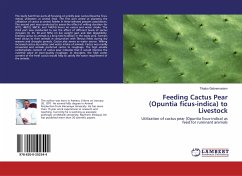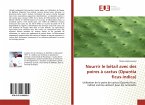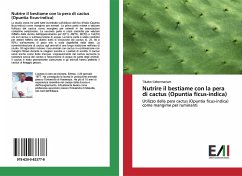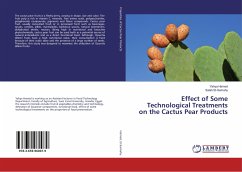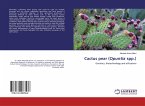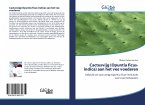The study had three parts all focusing on prickly pear cactus (Opuntia ficus-indica) utilization as animal feed. The first part aimed at assessing the utilization of cactus as animal fodder in three selected peasant associations. The second part was conducted to assess the effect of wilting duration for 0(T1), 48(T2), 96(T3), and 144(T4) hours on cactus and water intake. The third part was conducted to see the effect of different levels of cactus inclusion (0, 25, 50 and 50%) on live weight gain and diet digestibility. Feeding cactus to animals is a long time tradition in the study area. Farmers feed cactus to their animals in conjunction with fibrous feeds during dry seasons and drought periods. Cactus also serves as water source. Wilting increased cactus dry matter and water intake of animals. Cactus was readily consumed and animals preferred cactus to roughage. The high soluble carbohydrate content of cactus pear indicates that it would improve the nutritive value of poor-quality roughage. In droughts, the high water content of the fresh cactus would help to satisfy the water requirement of the animals.

